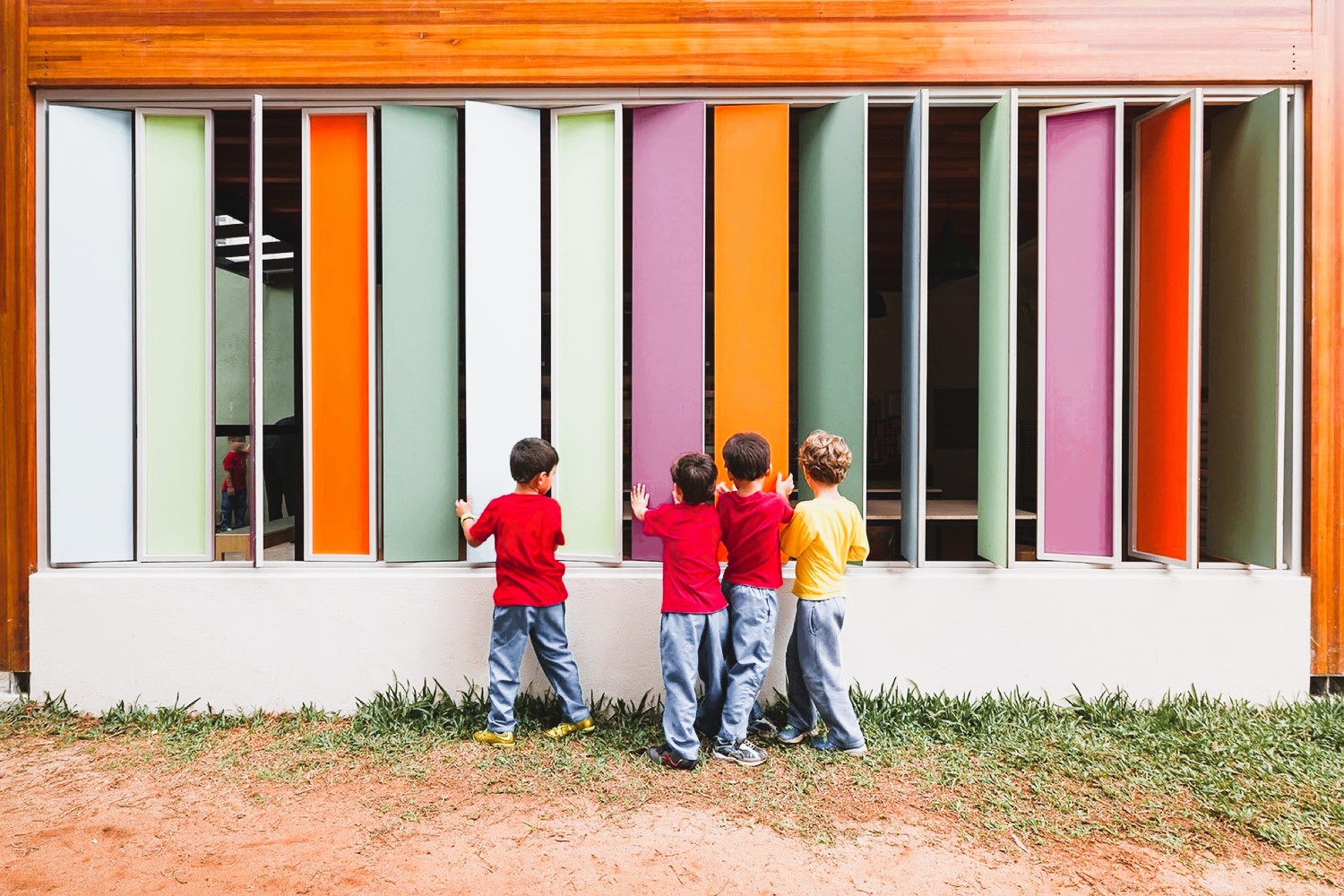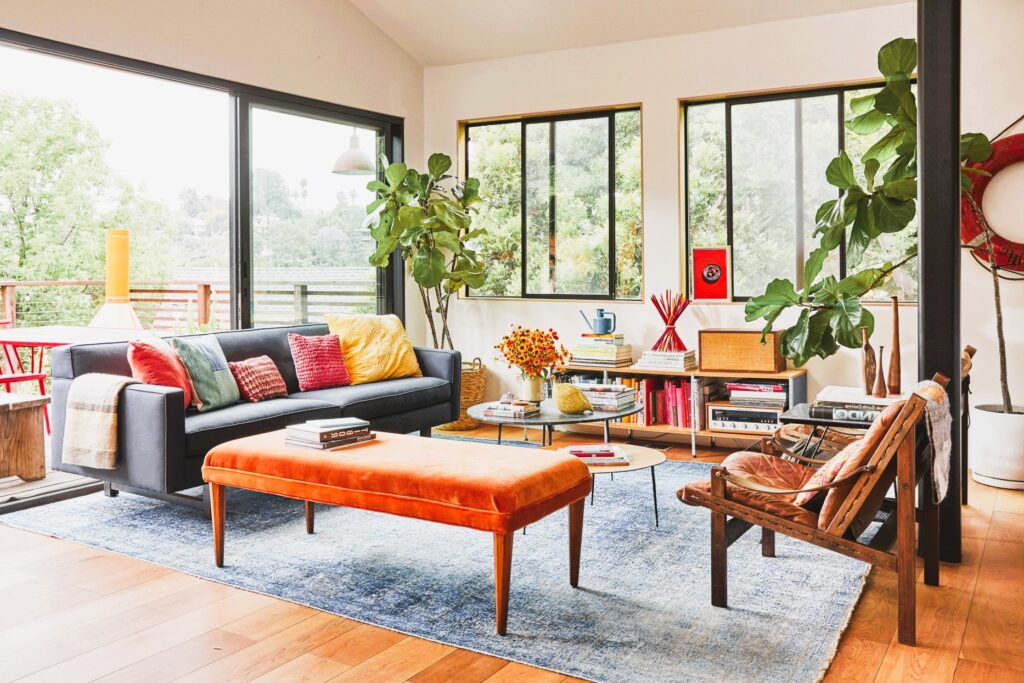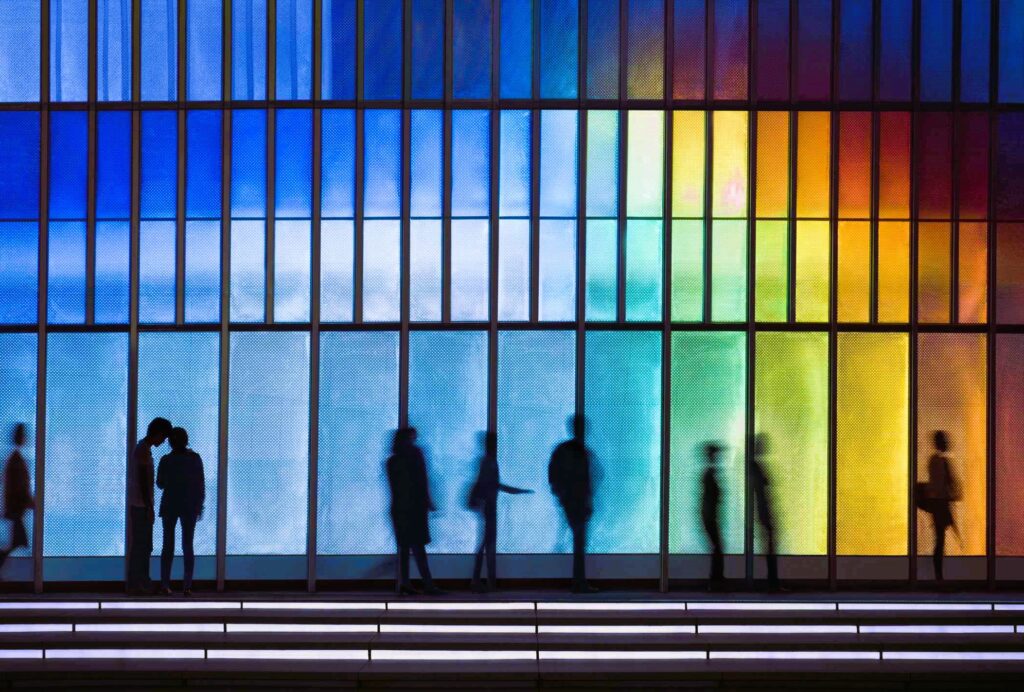
The Psychology of Colors in Window Design
Colors have a profound impact on our emotions, moods, and overall well-being. When it comes to window design, the choice of colors can significantly influence the atmosphere and ambiance of a space. Understanding the psychology of colors can help you create a window design that not only looks visually appealing but also evokes the desired emotions and enhances the overall experience. Let’s explore the psychology of colors in window design and how different colors can affect our perception and mood.
- Blue: Calmness and Serenity
Blue is often associated with calmness, tranquility, and serenity. It is a cool color that can create a sense of relaxation and peace. When used in window design, blue can help promote a soothing and serene environment. Lighter shades of blue, such as sky blue or baby blue, can evoke a sense of openness and expansiveness, making a space feel more airy and spacious.
- Green: Balance and Renewal
Green is a color that symbolizes nature, balance, and renewal. It is often associated with feelings of freshness, growth, and harmony. Incorporating green in window design can bring a sense of vitality and rejuvenation to a space. Whether it’s through the use of green curtains, shades, or natural greenery outside the window, this color can create a connection with nature and promote a sense of well-being.

- Yellow: Energy and Optimism
Yellow is a vibrant and energetic color that is often associated with positivity, happiness, and optimism. It can add a sense of brightness and cheerfulness to a room. When used in window design, yellow can create a welcoming and uplifting atmosphere. It is particularly effective in spaces where natural light is limited, as it can mimic the warmth and brightness of the sun. Incorporating natural materials into window coverings, what you need to know.
- Red: Passion and Drama
Red is a bold and passionate color that can evoke strong emotions and create a sense of drama. It is associated with energy, excitement, and intensity. In window design, red can be used to make a statement and add a touch of vibrancy to a space. However, due to its stimulating nature, it is best used in moderation or as an accent color to avoid overwhelming the senses.
- White: Purity and Simplicity
White is a color that symbolizes purity, simplicity, and cleanliness. It is often associated with a sense of freshness and spaciousness. Using white in window design can create a clean and minimalistic look, making a space feel open and uncluttered. White window treatments, such as sheer curtains or white blinds, can also allow natural light to filter through, adding to the sense of brightness and purity.
- Gray: Elegance and Sophistication
Gray is a versatile and sophisticated color that can evoke a sense of elegance and understated beauty. It is often associated with neutrality, balance, and calmness. When used in window design, gray can create a sense of tranquility and sophistication. It pairs well with a variety of colors and can be used as a backdrop to highlight other elements in the room.
When considering the psychology of colors in window design, it’s important to take into account personal preferences and the intended purpose of the space. Different colors can evoke different emotions and have varying effects on individuals. It’s also essential to consider the lighting conditions in the room, as natural light can influence the perception of colors.

For more information on window design and related standards, you can visit the following source:
- Wikipedia: Window Treatment
These source provide comprehensive information on window coverings, safety guidelines, and industry standards.
In conclusion, the psychology of colors plays a significant role in window design. By understanding the emotional and psychological effects of different colors, you can create a window design that enhances the desired mood and atmosphere in a space. Whether it’s through the use of calming blues, refreshing greens, or energizing yellows, the choice of colors can greatly influence the overall experience and perception of a room. Consider incorporating colors that align with the intended purpose of the space and the emotions you wish to evoke.
